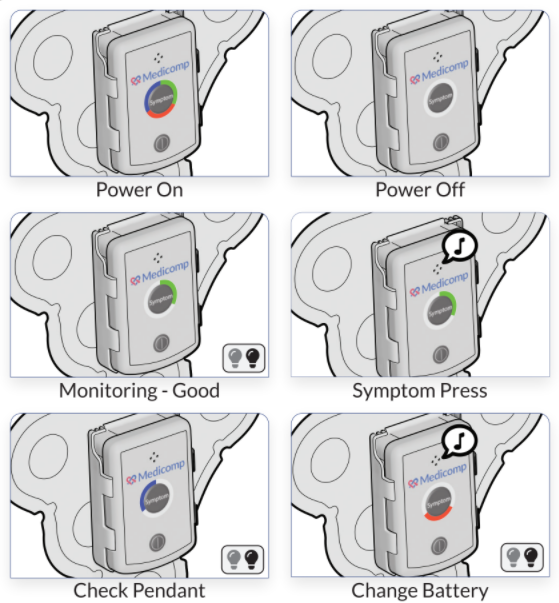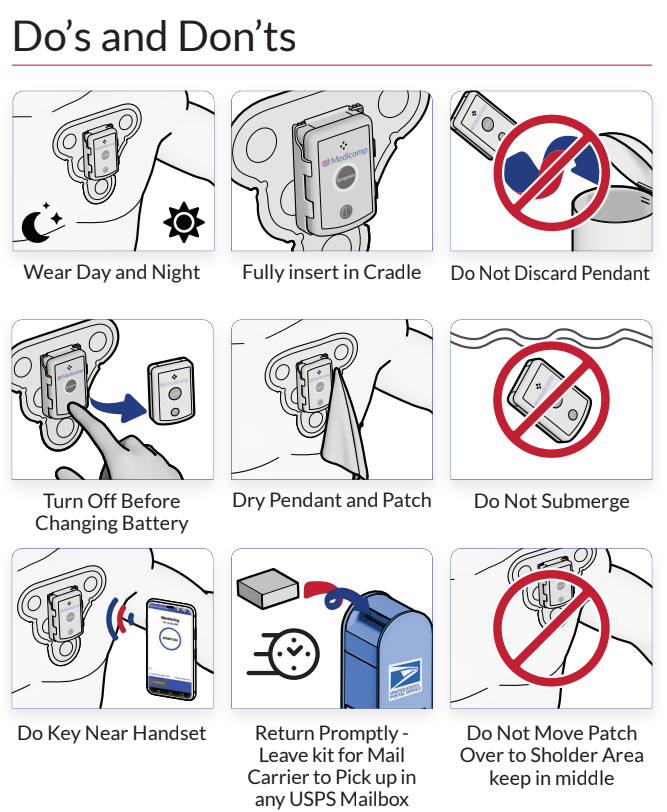Ludwig van Beethoven, to this day, remains one of the most influential and famous composers of all time. His work resonates into our own modern culture and many enjoy listening to his music as the masses did when he first composed them. Even as his hearing deteriorated in the later years of his career, Beethoven was still able to compose some of his most admired work. Recently, some who have studied his compositions, believe if Beethoven was able to wear a cardiac monitoring device, it would prove that he did suffer from heart arrhythmia.
The abnormal heart rhythm some experts think Beethoven suffered from could have acted as inspiration for some of the music he composed, and the clues, they say, can be found in the music. There are no confirmed medical records of Beethoven having a heart condition, because medicine lacked the technology we have today, but that hasn’t stopped curious scientists from examining his work to see what is hidden in the notes. Zachary Goldberger, an assistant professor of medicine at the University of Washington, is one such scientist that decided to delve into the music to hear what it had to say.
Goldberger examined some of Beethoven’s pieces that he believed was affected by a possible arrhythmia: Piano Sonata in E-Flat major composed in 1810, Piano Sonata in A-Flat major composed in 1821, and Cavatina of the String Quartet in B-Flat major in 1825. Goldberger found that each of these works had evidence of musical notes suddenly changing the rhythm of the piece just like an arrhythmia suddenly changes the rhythm of the heart. For example, during the final movement of Cavatina, an emotionally charged piece, the key suddenly changes to a C-Flat major. This sudden change throws off the rhythm and evokes dark emotion including what can be described as a shortness of breath to the listener, a common symptom of heart arrhythmia.
To learn more about the technology available to us today, that Beethoven didn’t have, browse the ReactDx, Inc. blog to learn more about heart arrhythmia and cardiac monitoring.



